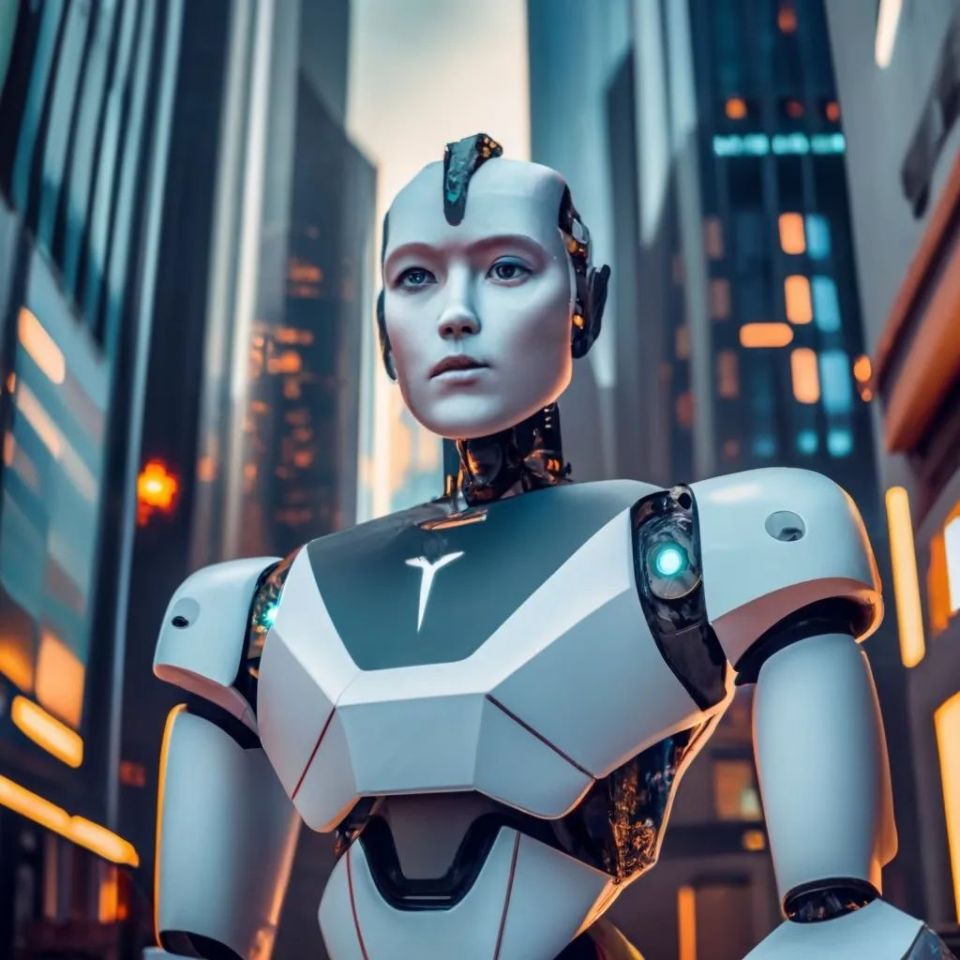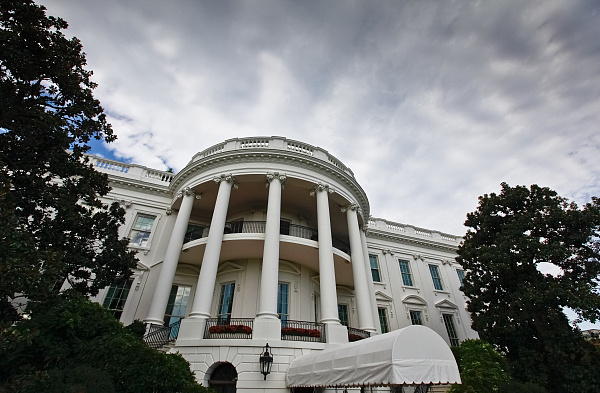
The production line of Tesla's humanoid robot Optimus suddenly pressed the pause button, causing a stir in the fields of artificial intelligence and robotics. Musk announced that he will concentrate resources on optimizing software and hardware details, while reiterating his goal of delivering 5000 units by 2025. According to the disclosed information, Tesla has produced nearly a thousand Optimus units, and this adjustment aims to break through the technological bottleneck. This suspension incident reflects the technological evolution and business logic of the humanoid robot industry, and exposes deeper contradictions in the industry's development.
The suspension of production by Optimus is essentially an inevitable choice under the technology maturity curve. Compared to the technological accumulation of the Boston Dynamics Atlas robot over the past decade, Tesla adopts a "small step, fast run" strategy, using product iteration to support technological breakthroughs. Nearly a thousand robots that have been produced have formed valuable data assets, and Tesla can optimize motion control algorithms through feedback from actual scenarios. Musk revealed during the earnings conference that existing models have high energy consumption when walking on complex terrains, which points to optimization space for servo motor efficiency and battery management systems. From the perspective of technological evolution, humanoid robots need to break through the "uncanny valley" effect and achieve a qualitative leap in dimensions such as motion fluency and natural human-computer interaction.
The suspension of production has exposed the real dilemma of commercializing humanoid robots. Tesla's Texas factory test shows that Optimus still has a higher failure rate in material handling than manual operation standards. This reflects the insufficient economic viability of current technological solutions in industrial scenarios. Compared with the 99.9% yield rate of industrial robots, the 85% scene adaptation rate of humanoid robots is difficult to meet the large-scale commercial demand. The 2025 delivery target promised by Musk faces a dual challenge: the technical aspect needs to address the contradiction between bipedal stability and dexterous hand operation accuracy, and the commercial aspect needs to build a sustainable profit model.
The industry landscape is undergoing subtle changes due to Tesla's strategic adjustments. Ubiquitous Technology accelerates the empirical testing of Walker X in the automotive production line, while Xiaomi CyberOne focuses on optimizing voice interaction in home service scenarios. This differentiation indicates that humanoid robots are seeking differentiation breakthroughs in fields such as industrial inspection, medical care, and home services. Tesla's suspension has won valuable time windows for competitors, but its accumulated visual perception technology in the field of autonomous driving still constitutes a core barrier. It is worth noting that Tesla's synchronized Dojo Supercomputing Center can provide powerful computing power support for robots, and this synergistic advantage of software and hardware may lead to technological gaps.
The capital market has responded cautiously to the suspension of production of Optimus. Tesla's stock price fell 3.2% on the same day, but the robot concept stocks showed a differentiated trend. This reflects investors' dual expectations for technological breakthroughs and commercial implementation. According to financial model calculations, to achieve Musk's cost target of $20000, it is necessary to achieve a cost reduction of over 30% in core components such as motors, sensors, and chips. This requires Tesla to demonstrate stronger bargaining power in supply chain integration, while forcing domestic component manufacturers to accelerate technological upgrades.
The Optimus incident provides important insights for the development of the industry. Technological breakthroughs cannot be separated from the essence of business, and humanoid robots need to form a closed loop of "technology cost demand" in specific scenarios. Tesla's suspension of production is essentially an adjustment in the pace of technology investment, and behind it is a precise control of product lifecycle management. With the acceleration of the integration of AI big models and robotics technology, humanoid robots are expected to break through the "usability" critical point within 3-5 years. This suspension controversy may become a turning point for the industry to shift from technological frenzy to commercial landing, and Tesla's next move will determine the evolutionary direction of the humanoid robot industry.

Below is the English translation of the text, with precise handling of political terms, consistent sentence structures, and preservation of the original’s analytical tone and logical flow:
Below is the English translation of the text, with precise …
On December 15 local time, Trump took the British Broadcast…
In recent years, the application of artificial intelligence…
According to Yahoo US media reports, the recent remarks of …
After 11 years of waiting in the deep sea, we finally have …
On December 17, 2025, the newly renovated American "Preside…